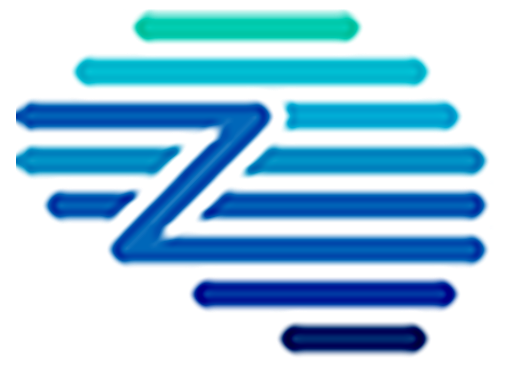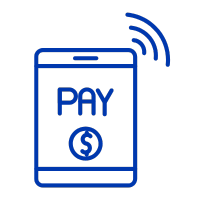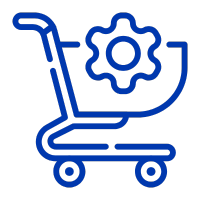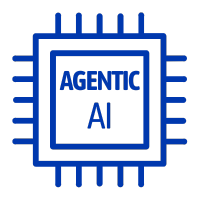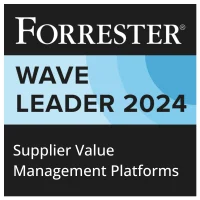Intake Management is the process of leveraging a centralized platform to handle procurement requests in a structured manner. It streamlines activities such as requisition creation, approval routing, and budget checking. This ensures compliance with organizational policies and enhances operational efficiency by simplifying procurement workflows and reducing manual efforts【4:1†Merlin Intake 2024 V1.0.pptx】.
Key Benefits
– Centralized Request Management: Intake Management streamlines procurement processes by centralizing all requests, ensuring that they are organized and easily accessible for better control and faster decision-making.
– Enhanced User Experience: By integrating user-friendly interfaces and guided processes, Intake Management enhances user satisfaction and adoption, reducing instances of maverick spending and ensuring compliance.
– Streamlined Communication: It acts as a bridge between procurement staff and other stakeholders, simplifying communication and ensuring that all relevant parties are aligned and informed throughout the procurement cycle.
– Improved Compliance and Policy Adherence: Intake Management embeds policy guidance into the procurement process, ensuring compliance with organizational policies and mitigating the risk of non-compliance.
– Accelerated Procurement Activities: By automating and optimizing the intake process, it reduces processing times and accelerates the end-to-end procurement cycle, allowing teams to respond quickly to business needs.
Related Terms
– Centralized Request Management: Intake Management streamlines procurement processes by centralizing all requests, ensuring that they are organized and easily accessible for better control and faster decision-making.
– Enhanced User Experience: By integrating user-friendly interfaces and guided processes, Intake Management enhances user satisfaction and adoption, reducing instances of maverick spending and ensuring compliance.
– Streamlined Communication: It acts as a bridge between procurement staff and other stakeholders, simplifying communication and ensuring that all relevant parties are aligned and informed throughout the procurement cycle.
– Improved Compliance and Policy Adherence: Intake Management embeds policy guidance into the procurement process, ensuring compliance with organizational policies and mitigating the risk of non-compliance.
– Accelerated Procurement Activities: By automating and optimizing the intake process, it reduces processing times and accelerates the end-to-end procurement cycle, allowing teams to respond quickly to business needs.
References
For further insights into these processes, explore Zycus’ dedicated resources related to Intake Management:
- Unlocking Success: Intake Management Best Practices And Key Strategies
- Intake Management Automation: Revolutionizing Procurement Requests
- Intelligent Intake Management: The Gateway to Efficient Procurement
- Harnessing the Power of Multi-Agent Generative AI in Procurement Software: The Future of Intake Management Solutions
- The Evolution of Intake Management: From Bolt-On to Built-In
White Papers
Master the UK Procurement Act 2023: Ensure Compliance & Drive Procurement Excellence

Filter by
Compliant Invoicing
Compliant Invoicing refers to the process of generating, submitting, and managing invoices in adherence with legal, regulatory, and contractual requirements.
Continuity Plan
A Continuity Plan is an organized set of policies and procedures designed to ensure that a company’s essential operations can
Cost Modeling
Cost Modeling in procurement refers to the analysis and estimation of the total cost of ownership of a product or
Contract Audit
Contract Audit is a systematic evaluation of agreements and related documentation to ensure compliance with contractual terms, identify discrepancies, and
Procurement Cycle
The Procurement Cycle refers to the end-to-end process through which an organization identifies its needs, sources suppliers, negotiates contracts, places
Procurement Master Data Management
Procurement Master Data Management is the disciplined approach to managing core, consistent procurement information, including supplier, product, and contract data,

